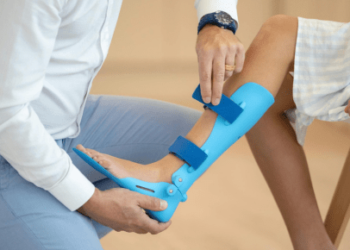
Many seek relief from pain and stress through alternative therapies. Acupuncture and acupressure are two popular methods. They share roots in traditional Chinese medicine. Both aim to restore balance and promote healing. But each has its approach. Acupuncture uses thin needles to stimulate specific points. Acupressure relies on gentle pressure. Understanding these differences can guide choices in therapy. Experts in new york pain mangement often explore both options. Each offers unique benefits. Here, we look at their key differences and similarities.
What Is Acupuncture?
Acupuncture involves inserting thin needles into the skin at specific points. These points are thought to influence various systems in the body. The practice is based on the idea of balancing the flow of energy, or “qi.” By stimulating these points, acupuncture aims to enhance the body’s natural healing process. The National Center for Complementary and Integrative Health provides detailed insights into how acupuncture works and its potential benefits for different conditions.
What Is Acupressure?
Acupressure shares a similar philosophy but does not involve needles. Instead, it uses thumb or finger pressure on specific points. The goal is to relieve tension and improve circulation. Proponents believe acupressure helps in releasing muscle tension and promoting relaxation. This method can be a comfortable choice for those who are wary of needles.
Key Differences
Here are some main differences between the two practices:
| Feature | Acupuncture | Acupressure |
| Technique | Uses needles | Uses finger pressure |
| Tools | Thin needles | Hands, fingers, elbows |
| Invasiveness | Invasive | Non-invasive |
Similarities
Despite their differences, acupuncture and acupressure share several similarities:
- Both aim to balance energy and improve overall health.
- Each method targets specific points linked to different body systems.
- They are based on principles from traditional Chinese medicine.
Choosing the Right Therapy
Deciding between acupuncture and acupressure depends on personal preferences and comfort levels. Some may prefer the gentle approach of acupressure, while others find the precise stimulation of acupuncture more effective. It’s important to consult with a qualified practitioner who can provide guidance based on individual health needs.
Both therapies can be part of a comprehensive pain management strategy. According to the Centers for Disease Control and Prevention, these therapies can complement conventional treatments and offer relief from symptoms of conditions like arthritis and chronic pain.
Conclusion
Acupuncture and acupressure offer valuable options for those seeking alternative therapies for pain and stress relief. By understanding the key differences and similarities, individuals can make informed decisions about their care. Whether using needles or gentle pressure, both methods aim to restore balance and promote healing. With proper guidance, these traditional practices can be effective tools for achieving better health and well-being.












